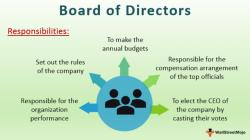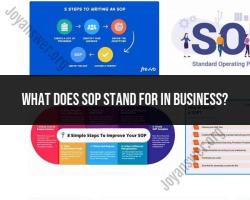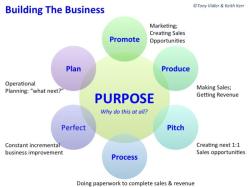How do you write an employee evaluation?
Writing an effective employee evaluation involves providing a fair and constructive assessment of an employee's performance while also setting clear goals for improvement and development. Here's a comprehensive guide on how to write an employee evaluation:
1. Preparation:
Gather Information: Review any performance records, notes, or feedback you've collected throughout the evaluation period. This should include both positive and constructive feedback.
Review Goals and Objectives: Revisit the employee's goals and objectives set at the beginning of the evaluation period to assess progress.
2. Structure of the Evaluation:
Introduction: Begin with an introductory section that outlines the purpose and context of the evaluation. Mention the evaluation period, the employee's position, and the goals of the evaluation.
Performance Highlights: Start by highlighting the employee's accomplishments, strengths, and positive contributions. Be specific and provide examples.
Areas for Improvement: Address any areas where the employee's performance fell short or needs improvement. Again, be specific and provide examples. Use constructive language rather than criticism.
Goal Setting: Collaboratively set goals and objectives for the upcoming evaluation period. These goals should be specific, measurable, achievable, relevant, and time-bound (SMART).
3. Content of the Evaluation:
Use Clear Language: Write clearly and concisely. Avoid jargon and ambiguous language.
Specificity: Use specific examples to illustrate points. Avoid general statements like "good job" or "needs improvement."
Focus on Behavior: Evaluate the employee's behavior and performance rather than making personal judgments or assumptions.
Strengths: Highlight the employee's strengths and accomplishments. This can boost morale and motivation.
Areas for Improvement: Address weaknesses or areas that need development, but frame them constructively. Instead of saying, "You're always late," say, "Punctuality could be improved."
Quantify Where Possible: If applicable, use quantitative data to support your evaluation. For instance, "You increased sales by 15% in Q2."
4. Provide Constructive Feedback:
Constructive Criticism: When addressing areas for improvement, offer solutions and suggestions for growth. Focus on how the employee can enhance their performance.
Encourage Dialogue: Encourage open and honest communication. Ask the employee for their perspective and feedback on their performance.
5. Goal Setting:
SMART Goals: Collaborate with the employee to set clear, achievable goals for the next evaluation period. Ensure these goals align with the organization's objectives.
Development Plans: Discuss development plans or training opportunities that can help the employee meet their goals.
6. Document the Evaluation:
- Maintain Records: Keep a record of the evaluation for future reference. This documentation can be crucial for tracking progress and making decisions related to promotions or raises.
7. Schedule Follow-Up:
- Set a Date: Schedule a follow-up meeting or check-in to review progress on the goals and objectives set during the evaluation.
8. Sign and Share:
Signatures: Both the employee and the evaluator should sign the evaluation document to acknowledge that they have reviewed it.
Share the Document: Provide a copy of the evaluation to the employee for their records.
9. Conduct the Evaluation Meeting:
Meet in Person: Whenever possible, conduct the evaluation in person to allow for a face-to-face discussion.
Listen Actively: Encourage the employee to share their thoughts and concerns during the meeting.
10. Continuous Feedback:
- Ongoing Communication: Don't limit feedback to just annual or periodic evaluations. Foster a culture of continuous feedback and open communication throughout the year.
Remember that the goal of an employee evaluation is not just to assess past performance but to motivate and guide the employee for future growth and success. An effective evaluation process should promote employee development and contribute to the overall success of the organization.













